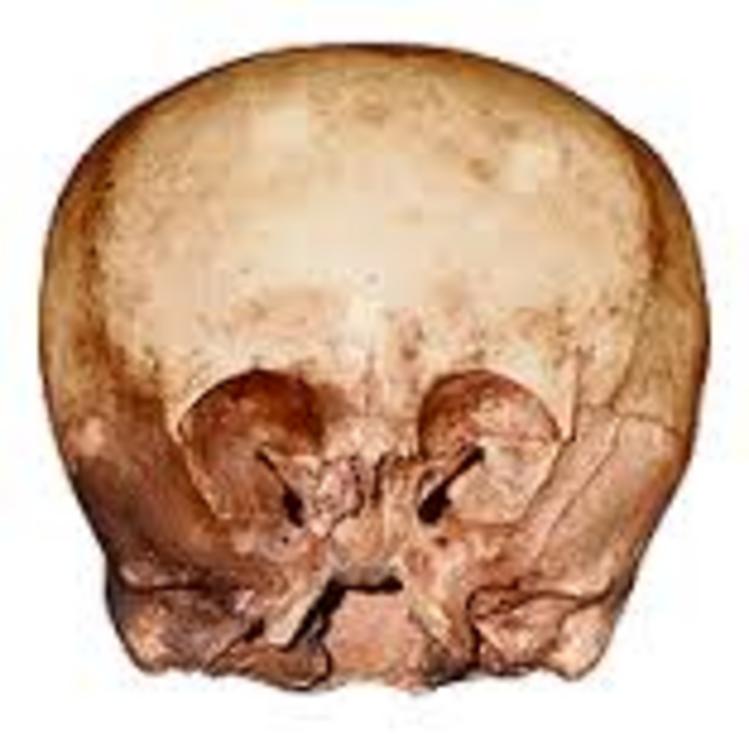What on earth is the Starchild Skull?
Proof of the existence of extraterrestrials has always been problematic. Photographs can be doctored, stories can be fabricated, and alien abductees are often unable to offer credible physical evidence to reinforce their incredible experiences.

But what about the Starchild skull?
Could this anomaly prove to be the smoking gun and prove once and for all that other lifeforms aside from human beings do really exist? Some may suggest the possibility that it is an alien/human hybrid as reported by abductees and researchers alike. Others will simply explain it away as the result of human deformations or disease. Scientists responsible for testing the Starchild skull unanimously agreed that such speculation should be ruled out.
So, where did the skull come from to start with? Well, around 1930, in a mine tunnel near Copper Canyon (Barranca del Cobre) in Mexico, a 900-year old human-like skull was discovered by an American teenage girl who was on vacation with her family, who were of Mexican heritage. The girl wandered off alone to explore and found an ancient abandoned mine tunnel where she found an entire human skeleton lying on its back. Beside the skeleton was an undisturbed patch of ground which had an arm bone protruding from the dirt, with the hand bones wrapping around the upper arm bone of the skeleton on the surface.
Digging down using only her hands, the girl brought the other skeleton from out of the shallow grave and described it as smaller than its companion and also 'misshapen'. Gathering up the bones and hiding them close by, the girl decided to put them aside and return for them at a later point during her vacation, but the story has it that shortly after a flash flood washed the majority of the bones away.
She was able to relocate the two skulls however, but the oddly-shaped skull had been damaged and lay stuck in the debris from the flood, still she managed to take both skulls back home to El Paso, Texas where she kept them in a cardboard box for the rest of her life, as souvenirs of her trip. She naturally assumed that the unusual looking skull was the result of some human deformity.
With the misshapen skull showing signs of damage and most of the front part of the face missing, only a small piece of maxilla, the upper jaw bone remained. At some point she decided to coat the exterior of both skulls in clear shellac to preserve them better and kept them in this condition until she passed away in the 1990s. And despite never giving precise details of the location of the anomalous find, the staining on the skulls matches the story that the normal skull was lying on its back above ground and the smaller skull was buried, with inorganic chemistry testing on both skulls matching what would be expected in the Copper Canyon region of Mexico.
Eventually, the skulls found their way to Ray and Melanie Young of El Paso, Texas in 1998. Melanie approached several of her colleagues at the hospital where she worked as a neonatal nurse and clinical massage therapist, in an attempt to learn what deformity or condition could possibly have caused the 'misshapen' skull. Everyone dismissed it as some sort of deformity but none could explain what condition could have caused it. Now more curious, she suspected that it might be something completely new to science and medicine, so she sought the assistance of Lloyd Pye, an author and researcher in the field of alternative knowledge with contacts among the medical profession. Pye, believing the anomalous skull could have otherworldly origins renamed it the Starchild Skull.
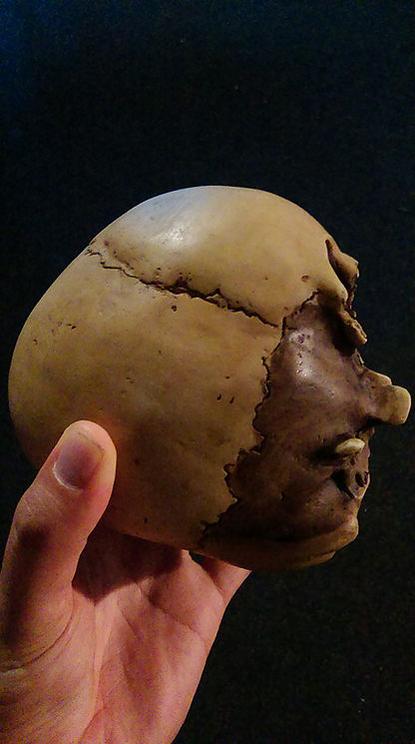
With the assistance of both major and minor contributors, Pye organised independent scientific testing of the skull in the United States, Canada and England and all three tests concluded that both skulls were 900 years old, that the Starchild's bone is much thinner, lighter, and stronger than human bone, that the bone contains unusual reinforcing fibres, the brain was 30% larger than a normal human of its size, and the entire skull is over 10 standard deviations from the human norm, a highly significant statistic.
As Dr Ted Robinson stated, "In forty years of practice as a reconstructive plastic surgeon, I have never seen anything like it. I doubt if anyone else has, either. One can only reasonably conclude from these statistical studies that the Starchild skull is distinctly different from human."
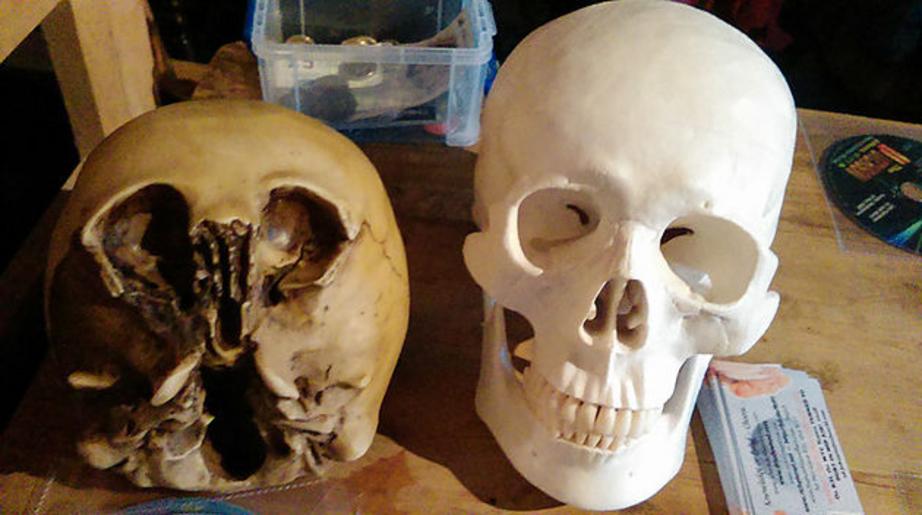
Although the Starchild skull looks completely different to a standard human skull, as seen in the image above taken by the author, it is similar to a human skull in that it shares all eight major human components - a frontal bone, 2 sphenoids, 2 temporals, 2 parietals and an occipital. However, it exhibits both physical and genetic differences that distinguish it from that of a typical human skull as the scientific tests conducted confirmed. Some of the tests include:
CT Scan, which proved the Skull was not deformed by abnormal fusion of the cranial sutures (the bone plates of the Starchild Skull are not stuck together in a way that stopped the skull growing properly and changed its shape).
X-Rays, which showed the bone of the Skull to be uniformly thinner than normal human bone, that it had no frontal sinuses, and that there was no fluid or other abnormality between the brain and the inside of the skull.
Scanning Electron Microscopy (SEM) Analysis, which discovered highly unusual microscopic fibres inside the bone of the Skull.
Expert Analysis of the physical structure of the bone, which identified the bone as much thinner and lighter than normal human bone, but also discovered that it is much stronger than human bone, a feature possibly related to the fibres in the bone. It is uniformly half as thick as normal and weighs half as much as normal.
DNA Analysis, which is ongoing, but has already uncovered some intriguing preliminary (unverified) results, and left experts optimistic that further testing will provide enough evidence to prove the Skull is a new species.
An extensive range of conditions including Anophthalmia/Microphthalmia, Apert Syndrome, Cradleboarding (and other artificial cranial deformations), Cruzon Syndrome, Hydrocephaly, Morgellons Disease. Trisomy 13 (Patau Syndrome, Progeria (Hutchinson-Gilford Syndrome), and Trisomy 9 (Mosaic) have been examined as possible causes for the unusual characteristics of the Starchild Skull, but so far no condition or combination of conditions has been found that explains the skull.
Artificial deformation techniques such as cradle boarding leave evidence on the surface of the skull bone and the Starchild Skull shows no such signs. Dr. Robinson concluded that "the extreme flattening of the skull was caused by its natural growth pattern and is not artificial."
Hydrocephaly, a medical condition where excess fluid in the cranium causes internal pressure which pushes outward against the skull, giving the skull an 'inflated' shape, has been ruled out as the cause of the Starchild's abnormality. Dr. Bachynsky insists that the sutures in the Starchild Skull were unfused and healthy at the time of death, and if hyrocephaly was the cause then the sutures would show signs of expansion, which they did not.
Other simple explanations have also been ruled out, for further details visit The Starchild Project's website.
The official position of the Starchild Project is that they cannot and DO NOT claim that the Starchild Skull is an alien or a human-alien hybrid. However, they do offer some intriguing and bizarre pieces of information which could support such a theory.
1. The bone is super thin, super light and super strong. Could this mean it is superhuman?
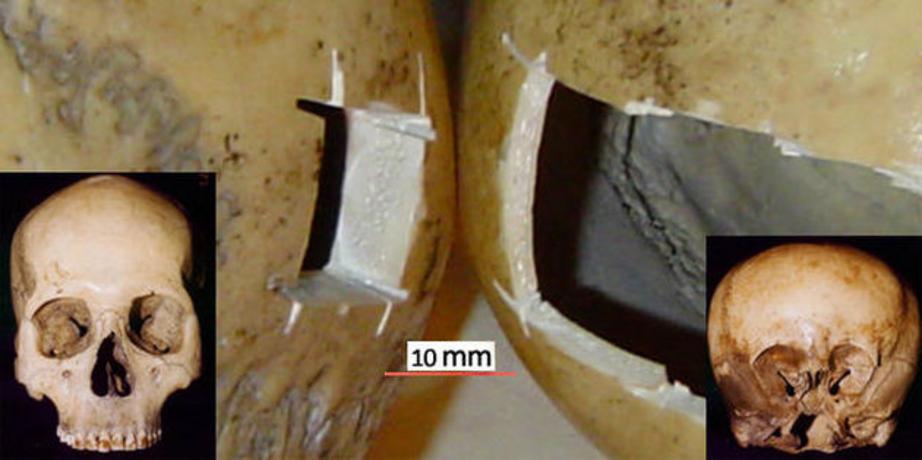
2. CT Scans found abnormal inner ears that may have been able to hear sounds beyond what a normal human can hear.
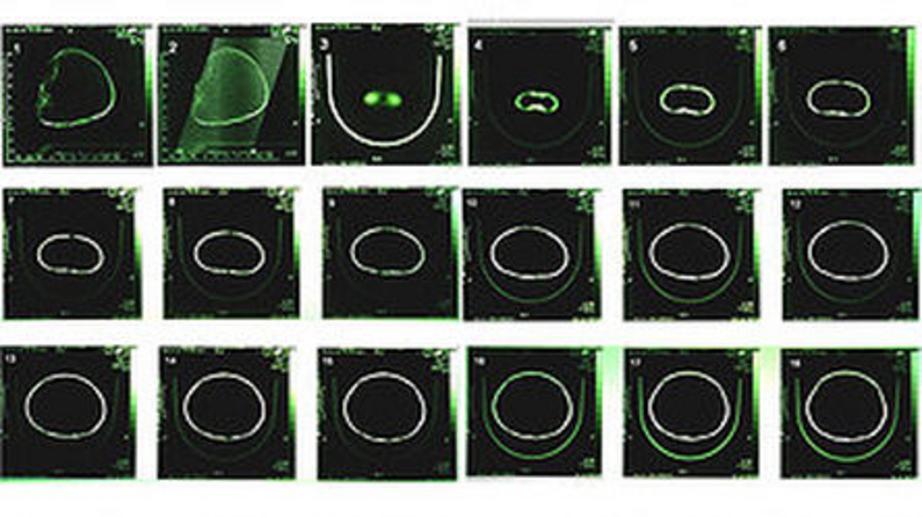
3. The unusual eye sockets of the Starchild Skull could be a clue that it spent years in zero gravity. They are 1/2 an inch thick compared with human eye sockets which are 2 inches thick.
4. With a brain one third larger than ours, could the Starchild Skull be proof of a highly intelligent new species?
5. These fibres were found using a Scanning Electron Microscope, and nothing like them has ever been recorded in bone before.
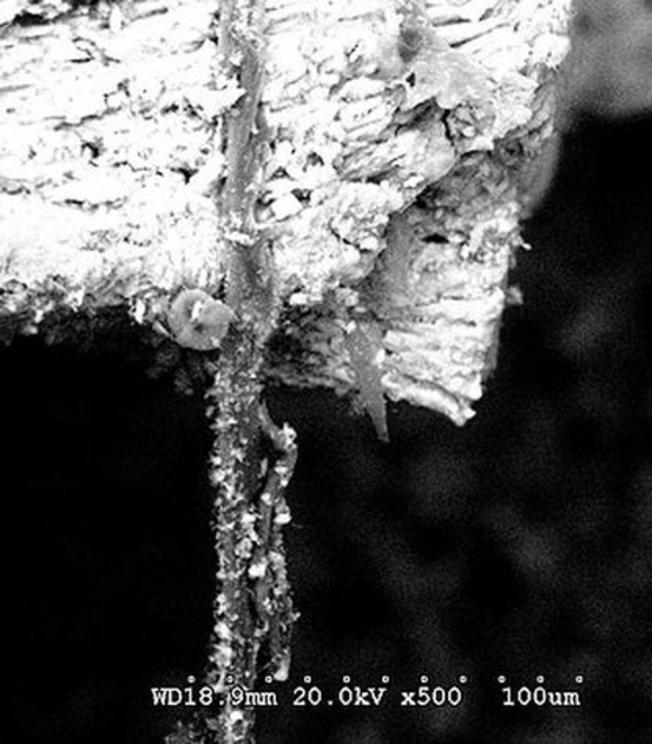
6. This residue found in the bone is not marrow, and could prove to be an organic substance resistant to earthly microorganisms.
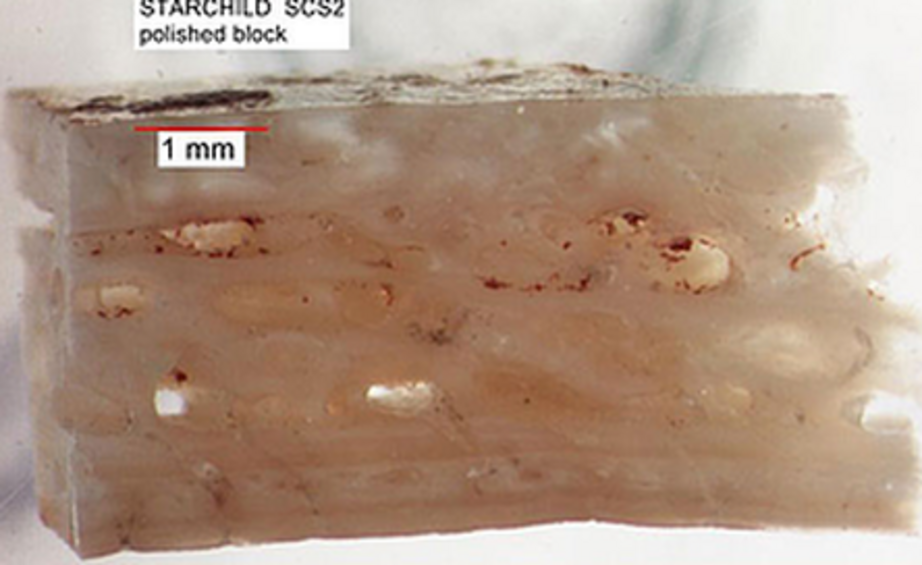
The mystery of the Starchild skull will remain until further DNA analysis can confirm unquestionably that whoever it belonged to was either not human or was one extraordinary individual. Until then, we shall continue to wonder...
For more information on the ET/UFO situation please read The Alien Enigma by JP Robinson.

